Tests begin on bones that may be Revolutionary War soldiers
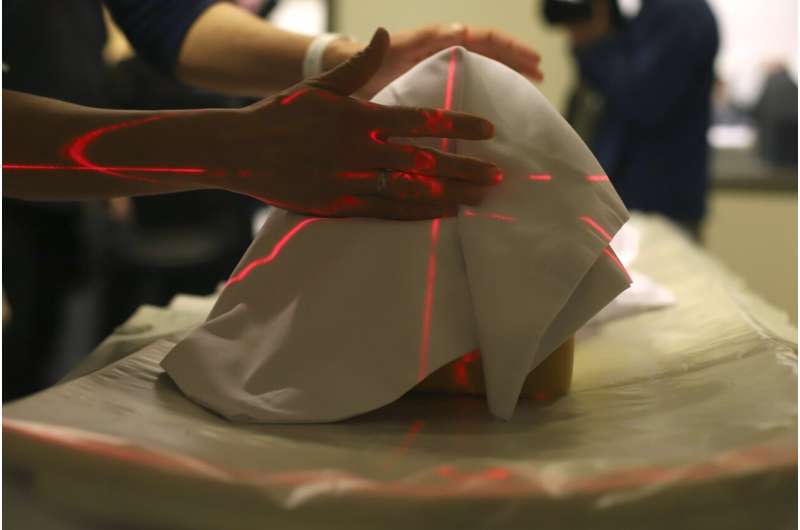
A university laboratory began tests Friday on skeletal remains found beneath an 18th century home in the hopes of identifying the three people believed to be soldiers killed during the Revolutionary War.
In December, while homeowners were renovating their house in Ridgefield, the remains were discovered in a grave under the foundation.
"These bones are so robust, they're dense, they're thick with muscle attachments (and) they're long," said Nick Bellantoni, emeritus state archaeologist of the Connecticut Museum of Natural History. "Who exactly they are, we are hoping the forensic work will show."
While much remains unknown, researchers believe the remains belonged to men and possibly date to the Battle of Ridgefield, which occurred in April 1777. The way the men were buried in a haphazard grave also lends credibility to the idea that they were victims of the Battle of Ridgefield.
"They're actually laying on top of each other overlapped," Bellantoni said.
If confirmed, Bellantoni said that would make them the first remains from a Revolutionary War soldier recovered in Connecticut.
Bellantoni said the medical examiner quickly suspected the bones were very old because older bones tend to have less organic matter and start to flake over time.
-
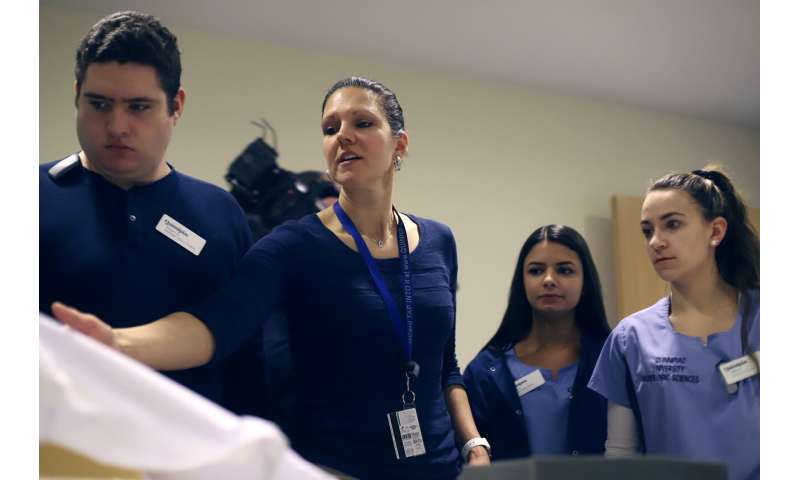
Tania Grgurich, clinical associate professor of diagnostic imaging at Quinnipiac University, talks with university students about scanning skeletal remains found buried in underneath an 18th century home, at Quinnipiac University's Center for Medicine, Nursing and Health Sciences, Friday, Jan. 3, 2020, in North Haven, Conn. Grgurich said being able to examine and analyze the bones provides a great clinical opportunity for staff and students, and a way to learn more about the state's history. (AP Photo/Chris Ehrmann) -
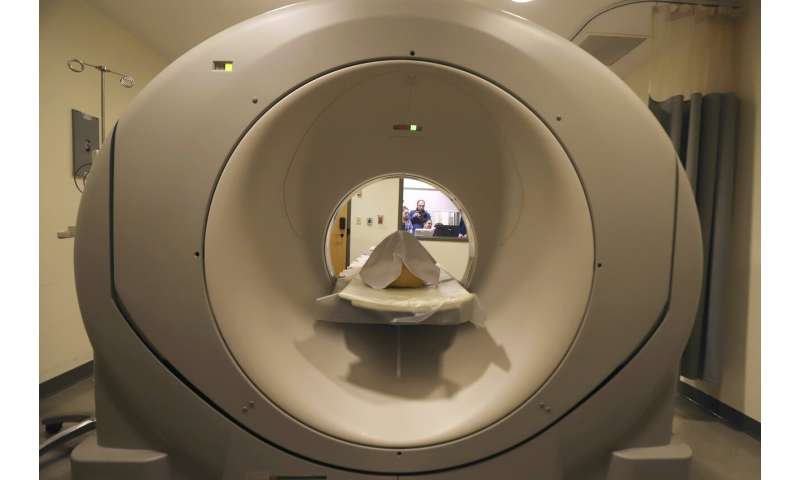
The skull of one of the skeletal remains found buried in underneath a home that dates back to 1790, sits in a computerized tomography (CT) scan machine at Quinnipiac University's Center for Medicine, Nursing and Health Sciences, Friday, Jan. 3, 2020, in North Haven, Conn. Identity of the remains remain mystery, though some clues have led researchers to believe they could have been military or militia men and possibly killed during the battle of Ridgefield in April 1777. (AP Photo/Chris Ehrmann) -
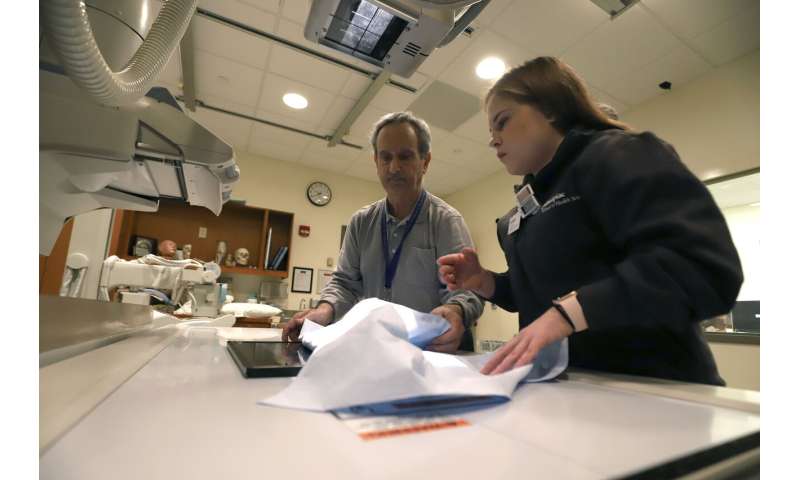
Samantha Markham, foreground, a junior radiological sciences student, and Robert Lombardo, adjunct professor of diagnostic imaging, place bone fragments underneath an x-ray machine at Quinnipiac University's Center for Medicine, Nursing and Health Sciences, Friday, Jan. 3, 2020, in North Haven, Conn. Three skeletal remains were found buried in haphazard graves underneath a home that dates back to 1790. (AP Photo/Chris Ehrmann) -
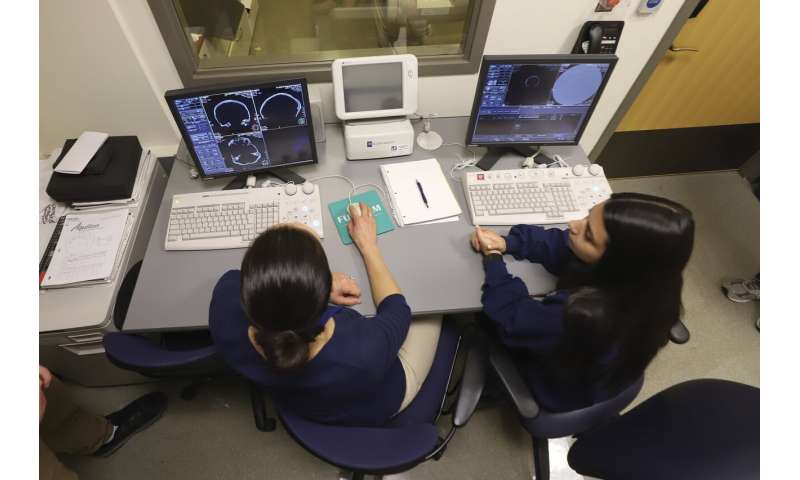
Tania Grgurich, left, clinical associate professor of diagnostic imaging at Quinnipiac University, sits with Ariana DiPietrantonio, a senior radiology student, at Quinnipiac University's Center for Medicine, Nursing and Health Sciences, Friday, Jan. 3, 2020, in North Haven, Conn. The university laboratory began tests Friday on skeletal remains found beneath an 18th century home to help identify the three people believed to be soldiers killed during the Revolutionary War. (AP Photo/Chris Ehrmann)
Copper buttons found with the remains could indicate they belonged to militiamen.
While researchers suspect they might be soldiers, they don't know if they might be British or American.
The bones are being analyzed at Quinnipiac University's Center for Medicine, Nursing and Health Science in North Haven.
Jaime Ullinger, director of anthropology at the university, said they are starting to conduct X-ray analysis on the bones to help examine parts of the skeleton that have deteriorated over time.
She said that, even before the remains are identified, researchers will be able to gather other kinds of information, such as what kind of diet the men had and more broadly where they might be from.
Tania Grgurich, clinical associate professor of diagnostic imaging at the university, said it is an important opportunity to learn about history and for staff and students to be up close with unusual remains.
"This is part of our history, potentially, and then these are human beings that are being unearthed," she said. "It's not that often that something like this happens."
© 2020 The Associated Press. All rights reserved.



















